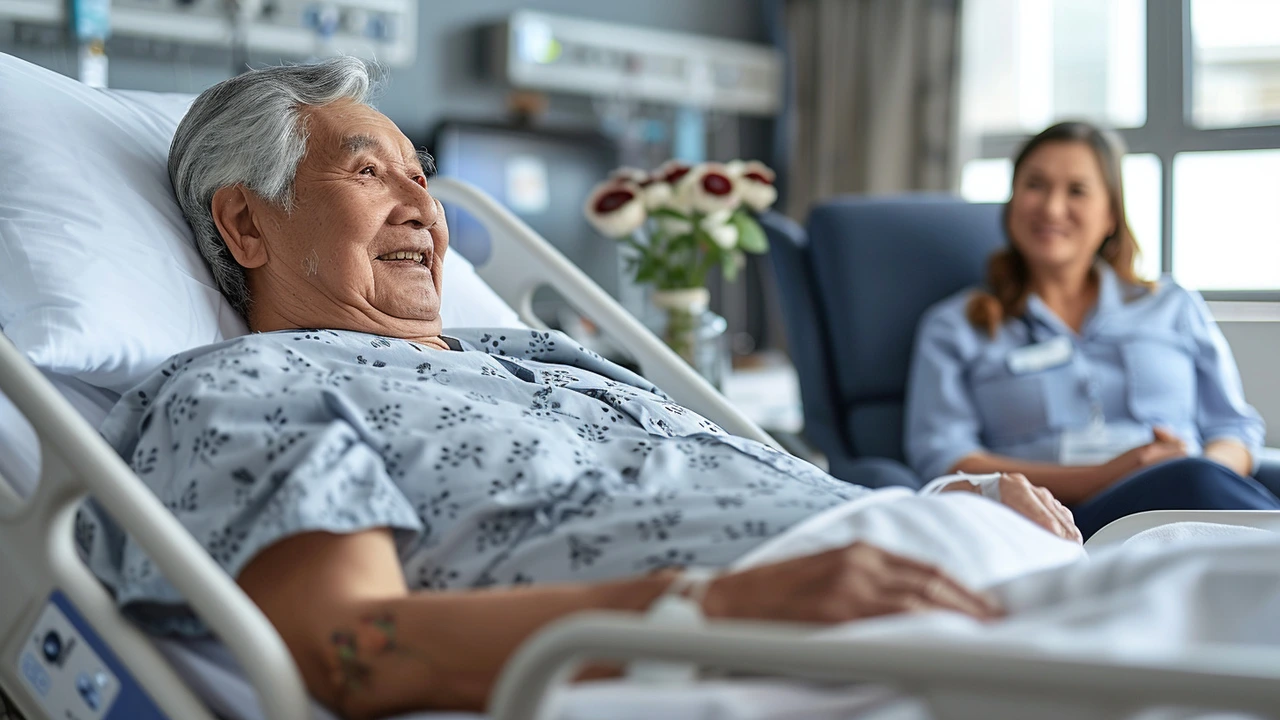Palliative Massage for Dogs: Gentle Comfort & Practical Tips
Seeing a dog slow down, stiffen, or wince can feel helpless. Palliative massage is a hands-on way to ease pain, reduce anxiety, and make daily life more comfortable for senior or ill dogs. It’s not a cure — it’s comfort care that works alongside your vet’s plan. Want simple, safe steps you can do at home? Keep reading.
Why palliative massage helps
Massage improves local blood flow, eases tight muscles, and stimulates relaxation. For dogs near the end of life or living with chronic conditions, those small changes can mean less pain, better sleep, and a calmer mood. A small clinical study on older dogs found measurable drops in pain scores after regular gentle massage, showing it can be a useful part of a comfort plan when done right.
Beyond physical effects, touch matters. Calm, steady stroking releases oxytocin in many animals and lowers stress signals. That translates to quieter breathing, less pacing, and more peaceful interactions between you and your dog.
Simple, safe techniques to try
Start with a short check-in: is your dog alert and able to move? Any open wounds, fever, severe swelling, or sudden limping needs a vet first. If cleared, pick a quiet spot with your dog lying comfortably. Keep sessions short — 5 to 10 minutes at first — and watch for signs of pleasure (soft eyes, leaning in) or discomfort (tensing, pulling away).
Basic strokes to use:
- Long, gentle strokes: run your hand from shoulder to tail with light pressure to calm and increase circulation.
- Small circular strokes: use fingertips to gently work tight areas like shoulders or hips, avoiding bones and sore spots.
- Effleurage and light kneading: soft repeated pressure on muscle bellies helps reduce stiffness. Keep pressure light to moderate based on your dog’s reaction.
Avoid deep tissue work, quick jerks, pulling joints, or massaging right over inflamed areas. Don’t use essential oils directly on skin — plain, unscented oils for gliding (if skin is dry) are safer but check with your vet first.
Frequency: daily short sessions or every other day works for many dogs. If your dog shows improvement, keep it up. If pain seems worse or new issues appear, stop and call your vet.
Pair massage with other comfort measures: warm compresses for stiff joints, soft bedding, gentle assisted stretching if recommended by a vet or canine physio, and pain meds when prescribed. Palliative massage shines when it’s part of a bigger, vet-guided comfort plan.
Ready to try? Keep it short, stay observant, and focus on calm, caring touch. Your hands can offer real comfort — and the time you spend together becomes as meaningful as it is soothing.

The Art and Benefits of Palliative Massage Therapy
Palliative massage therapy offers essential care for those dealing with chronic illnesses or nearing the end of their lives. It combines the art of touch with science to provide physical and emotional relief. This method helps manage pain, anxiety, and other symptoms, enhancing the quality of life for patients and their families.




